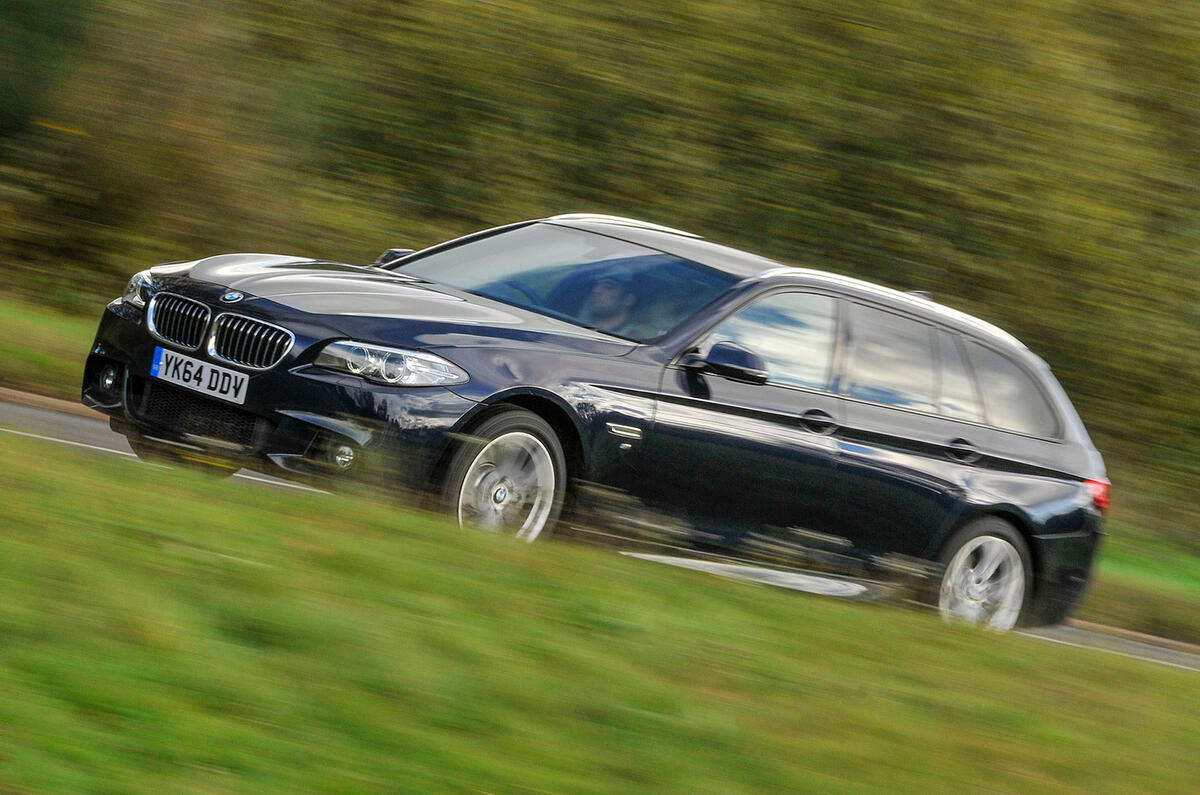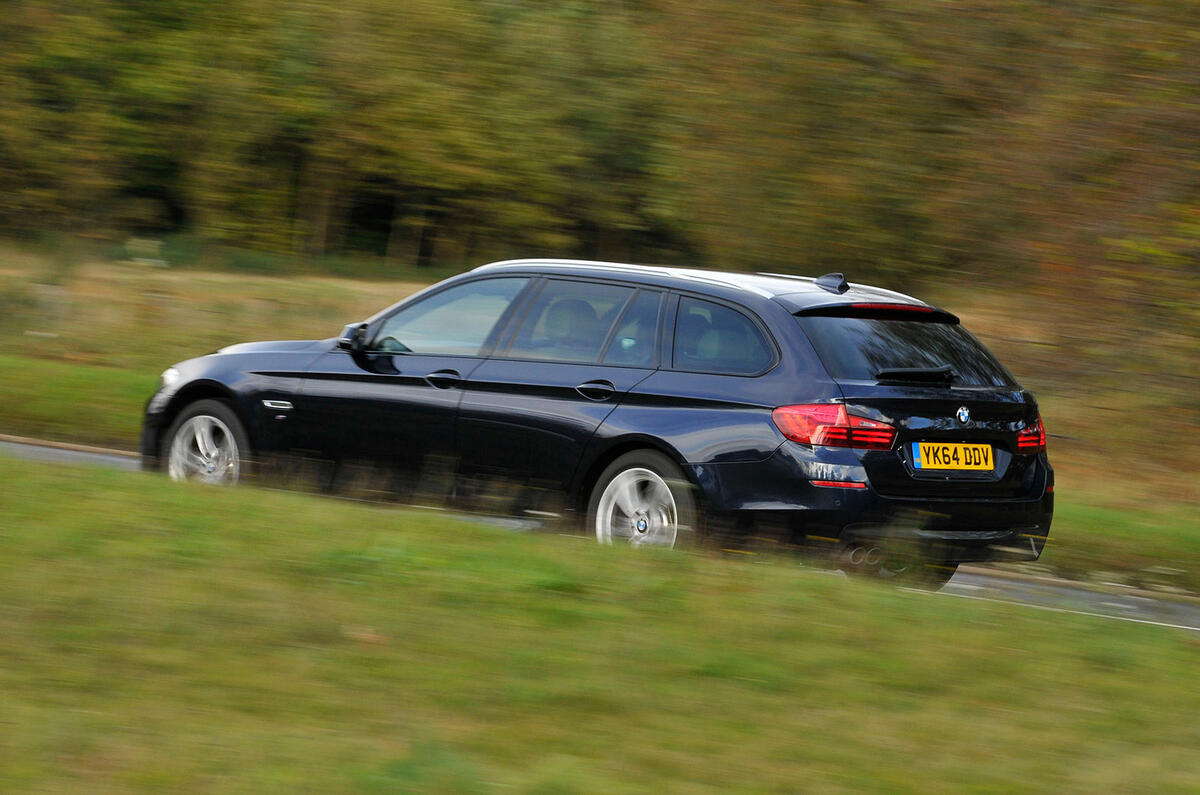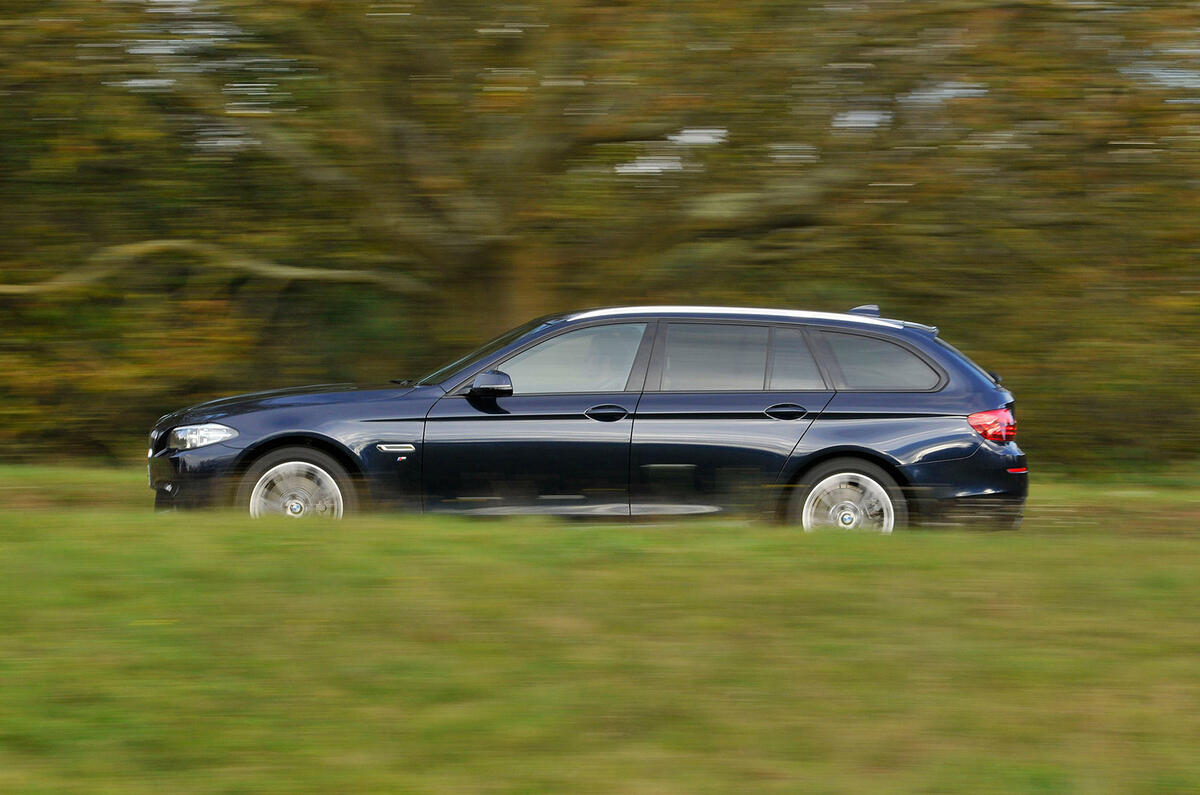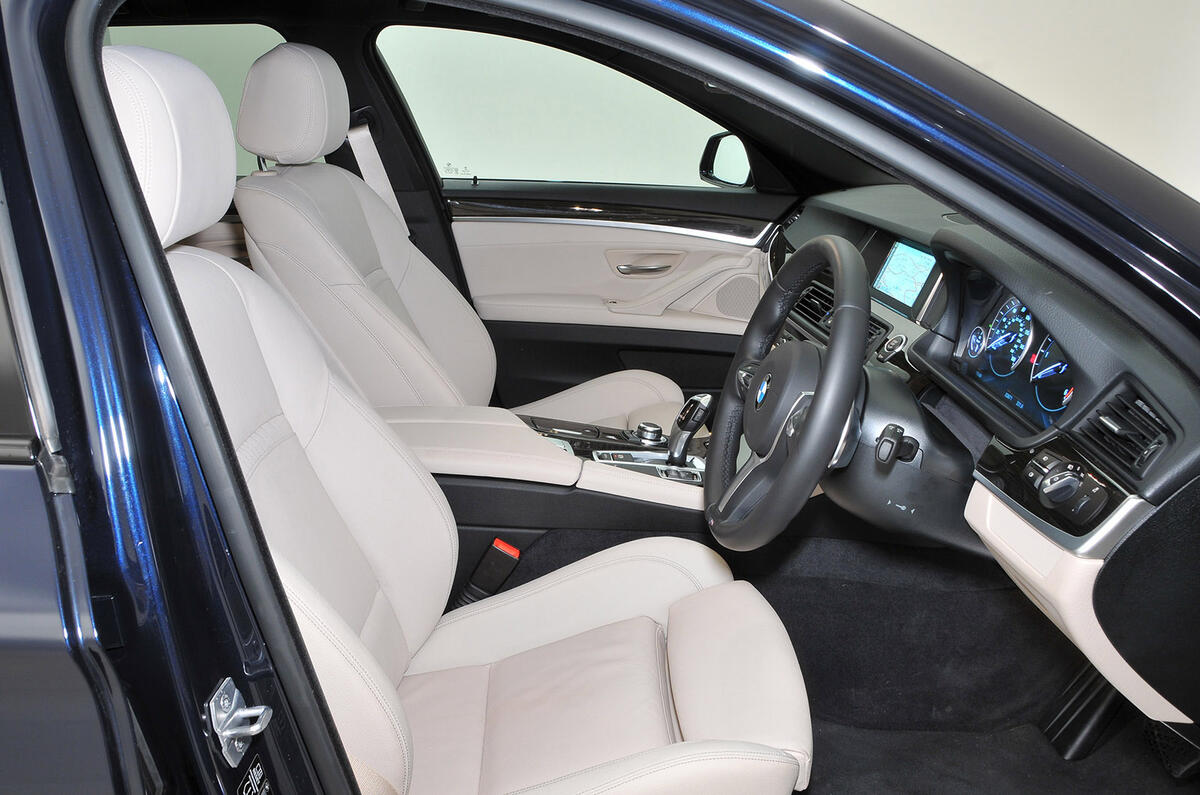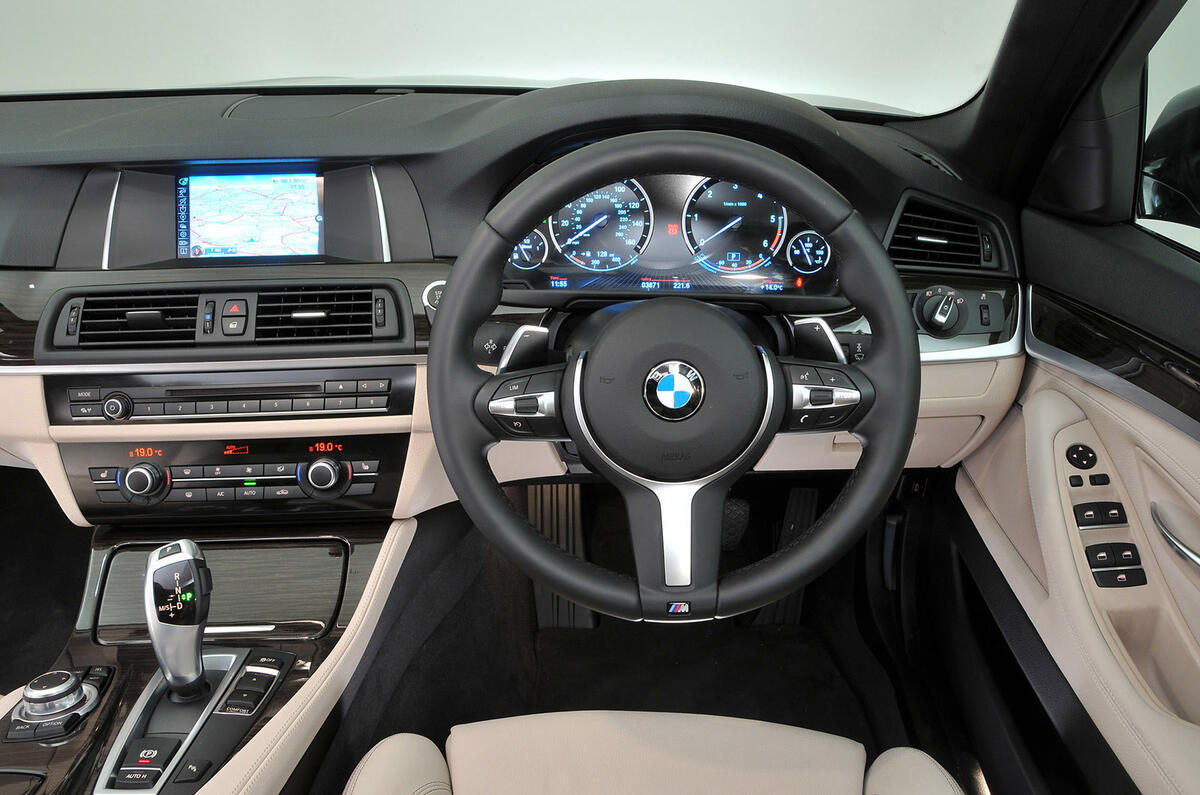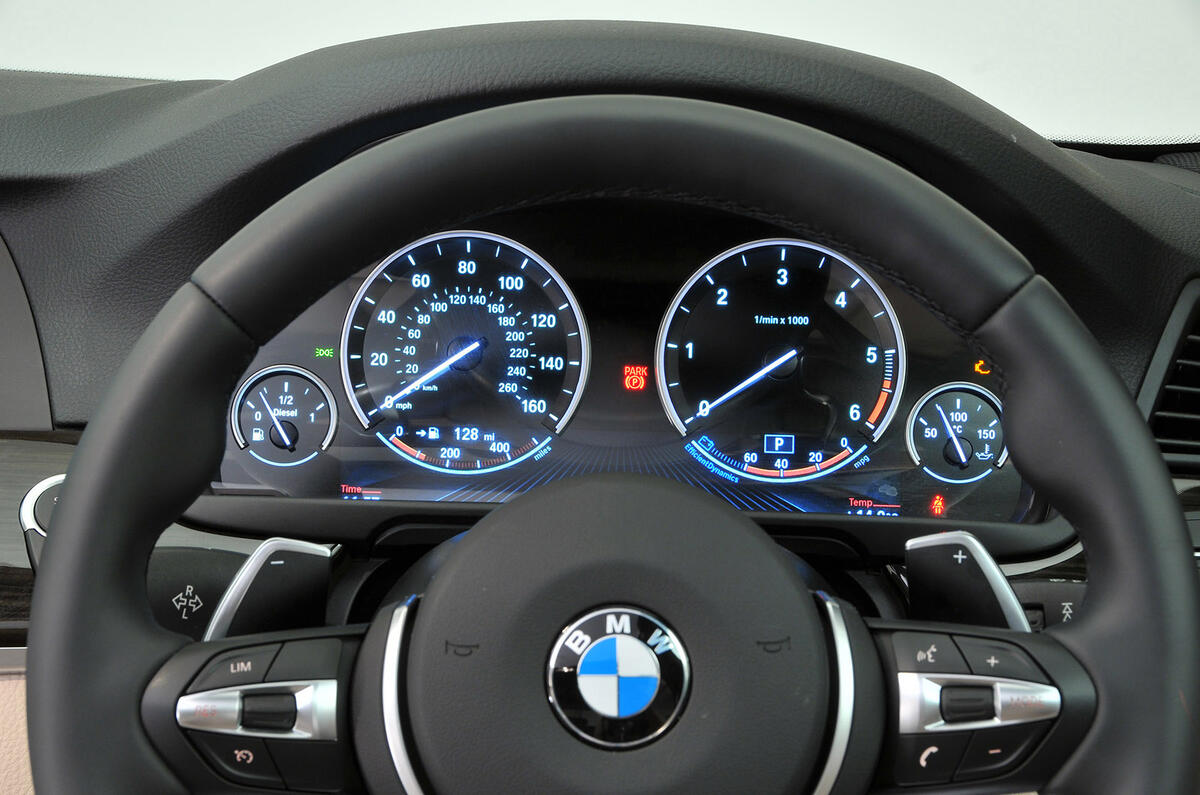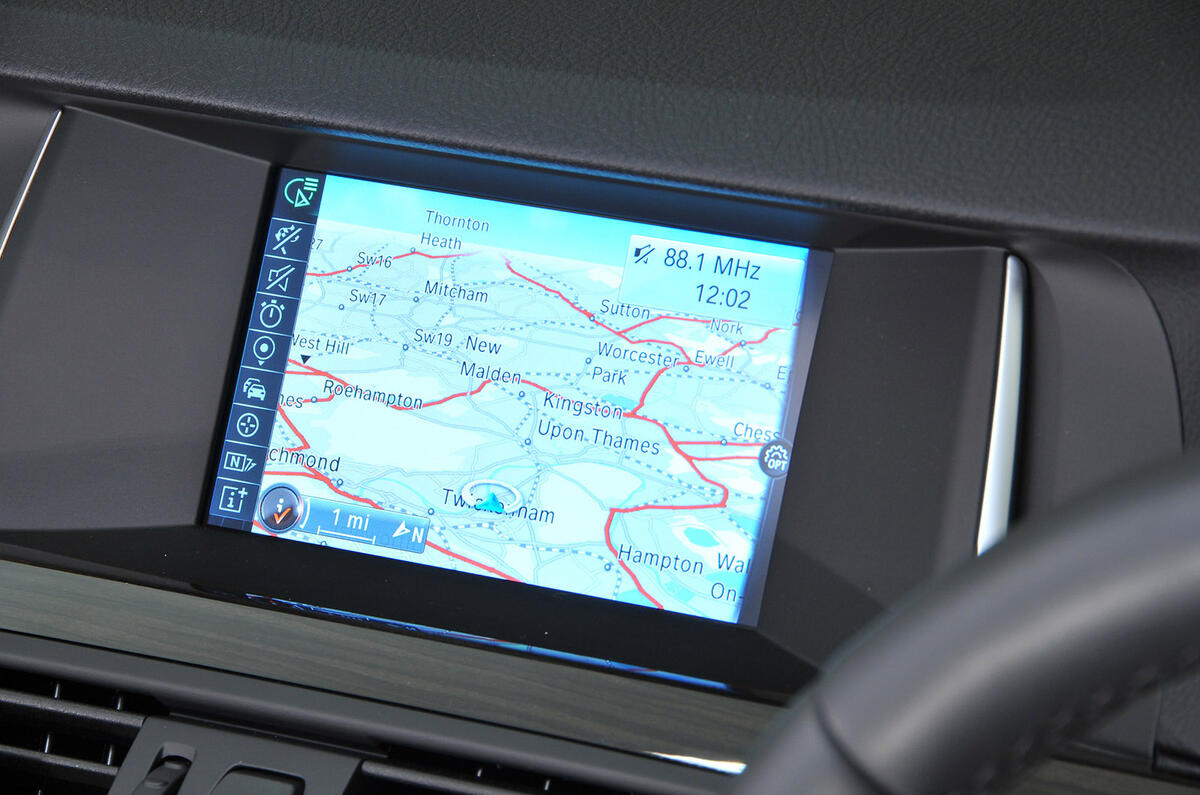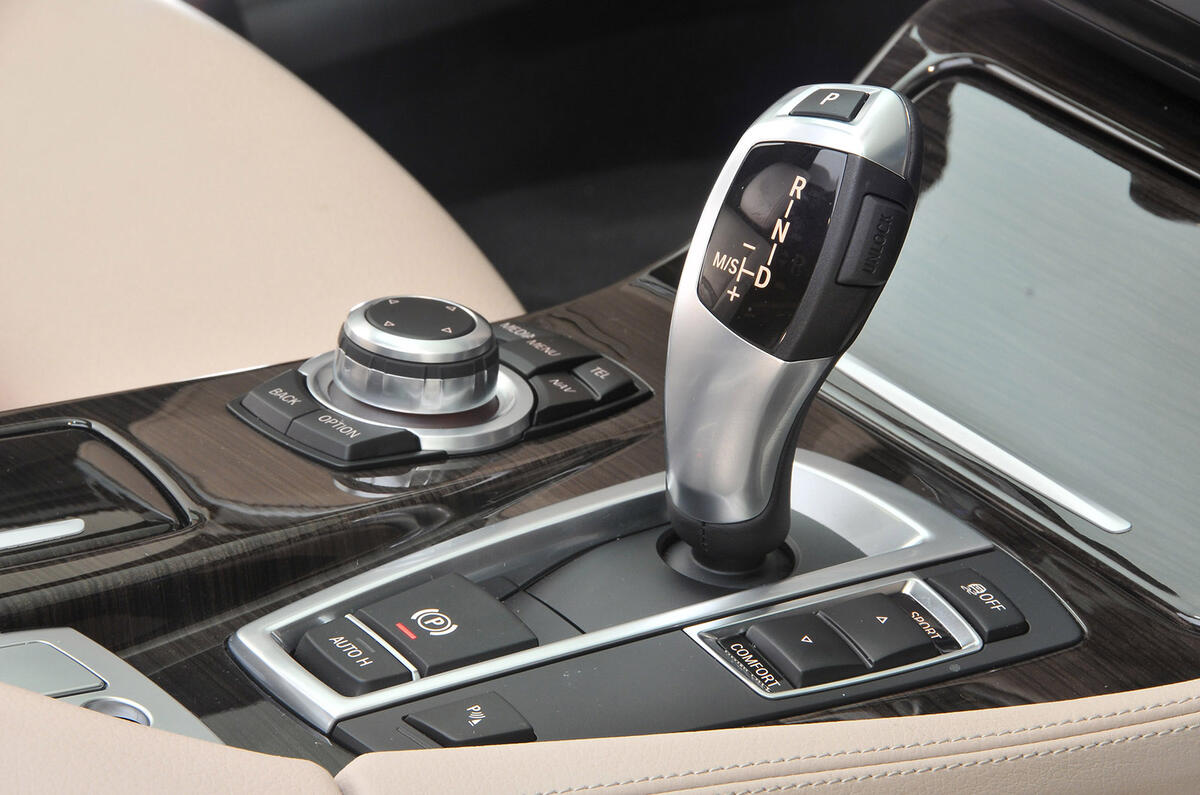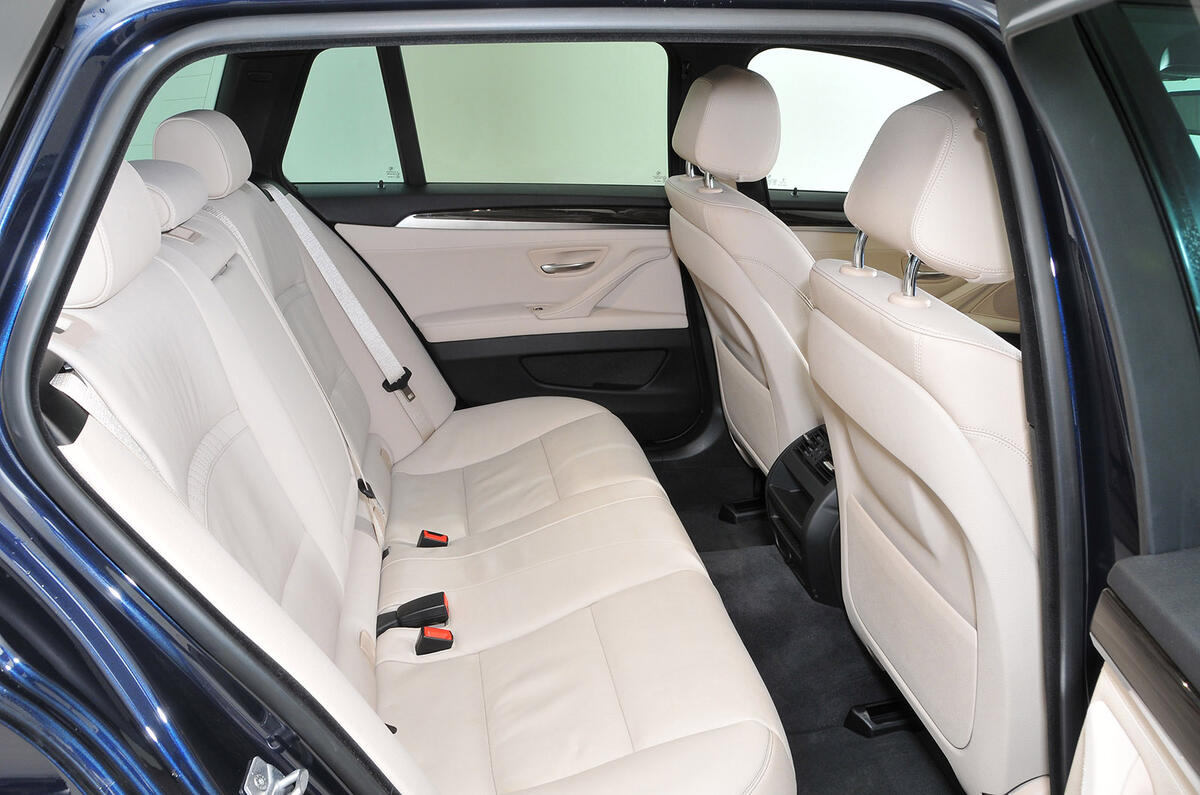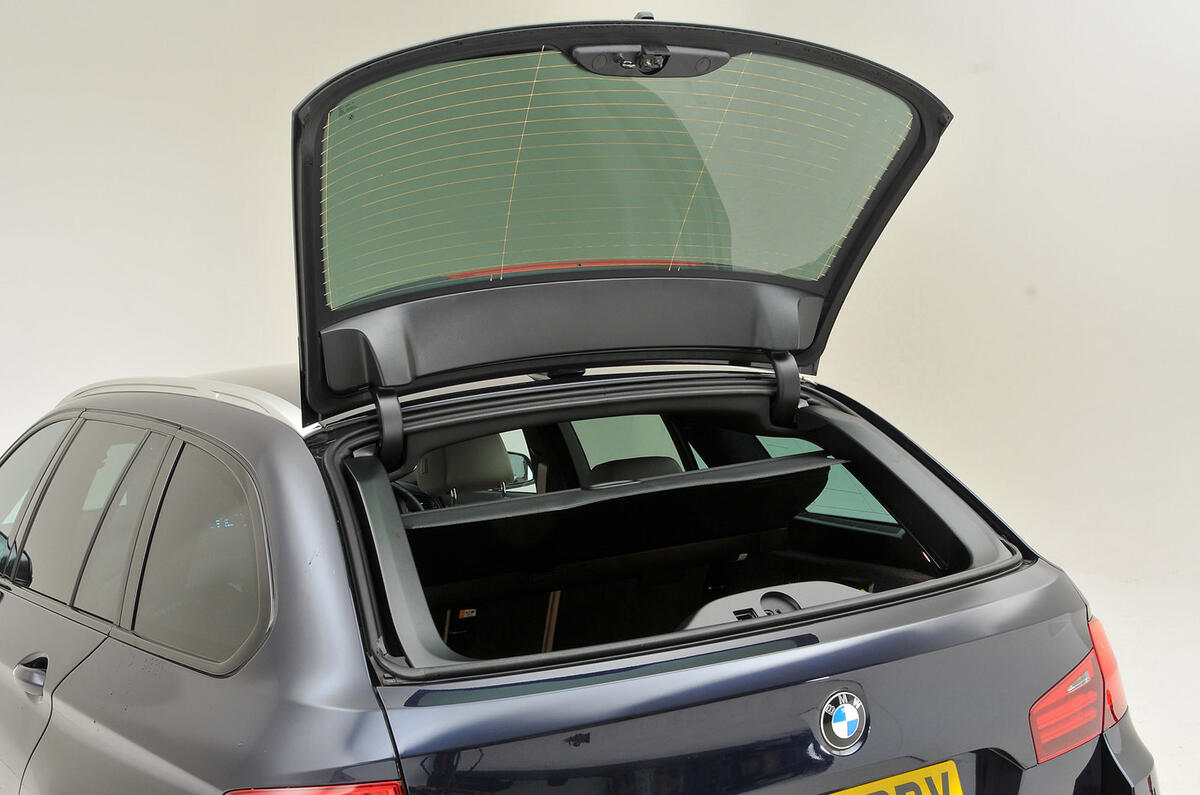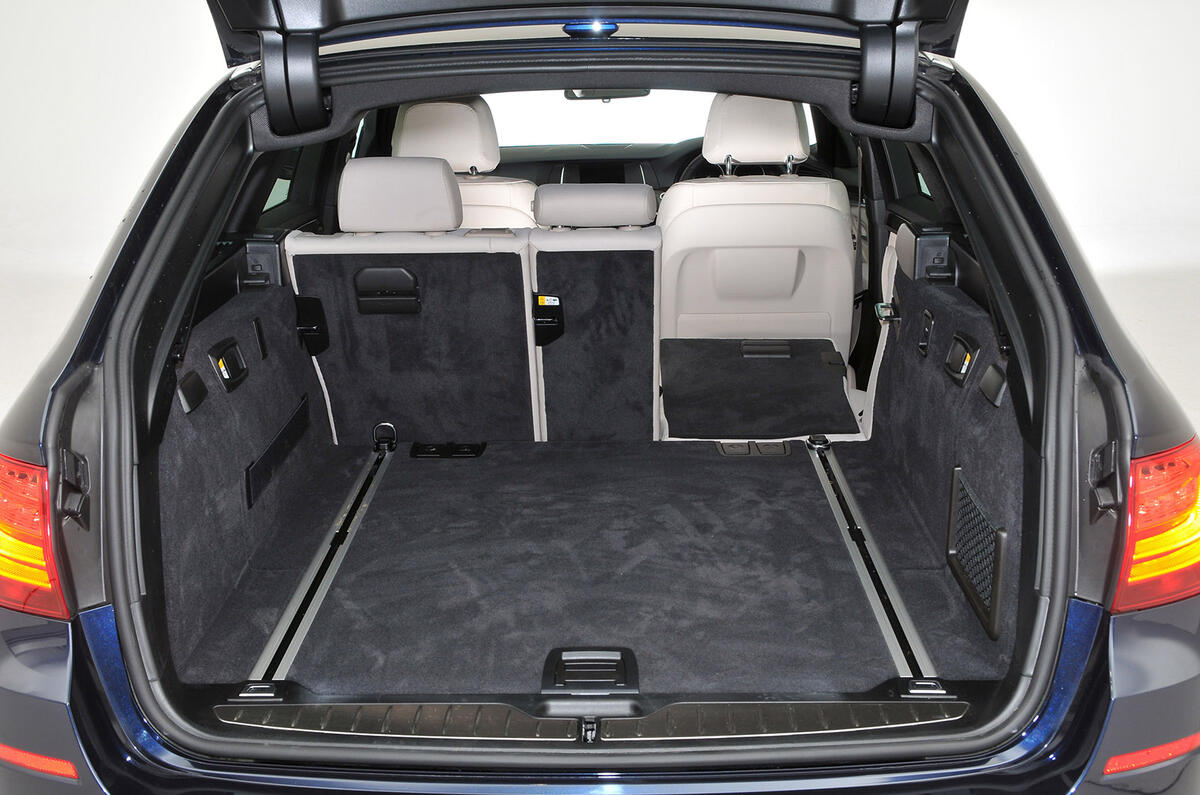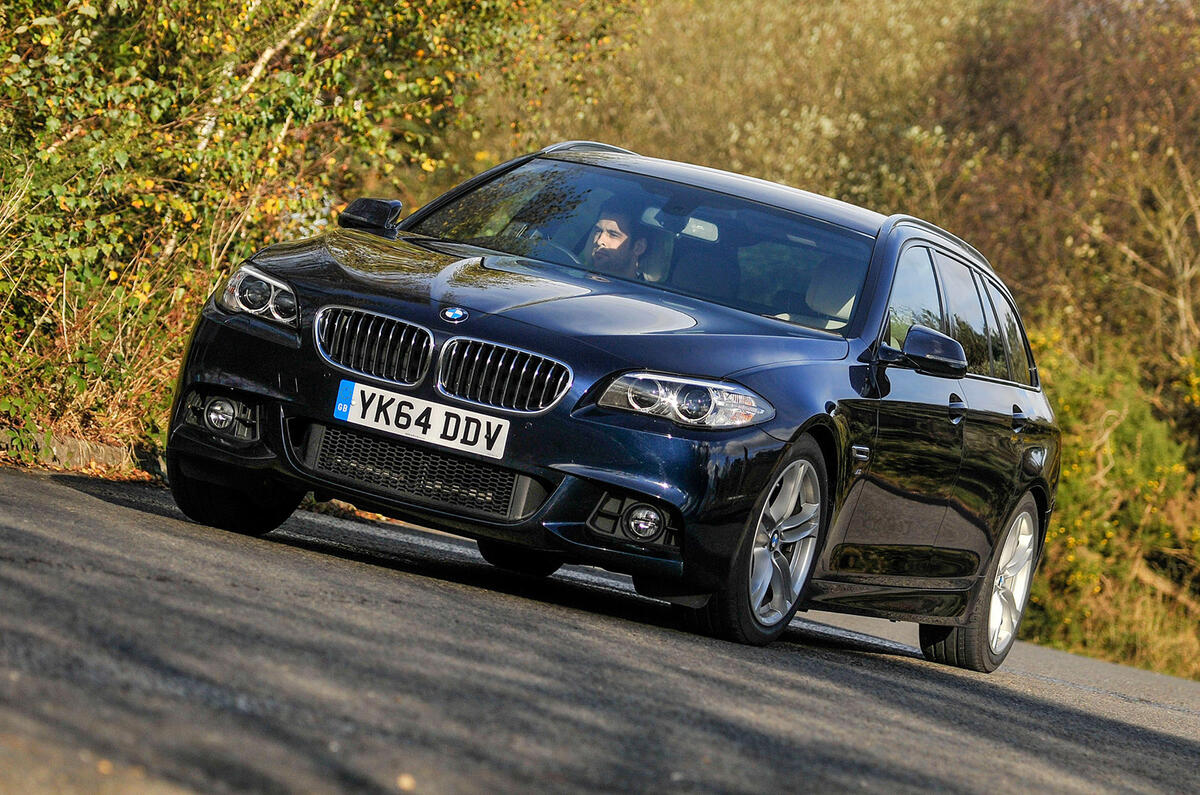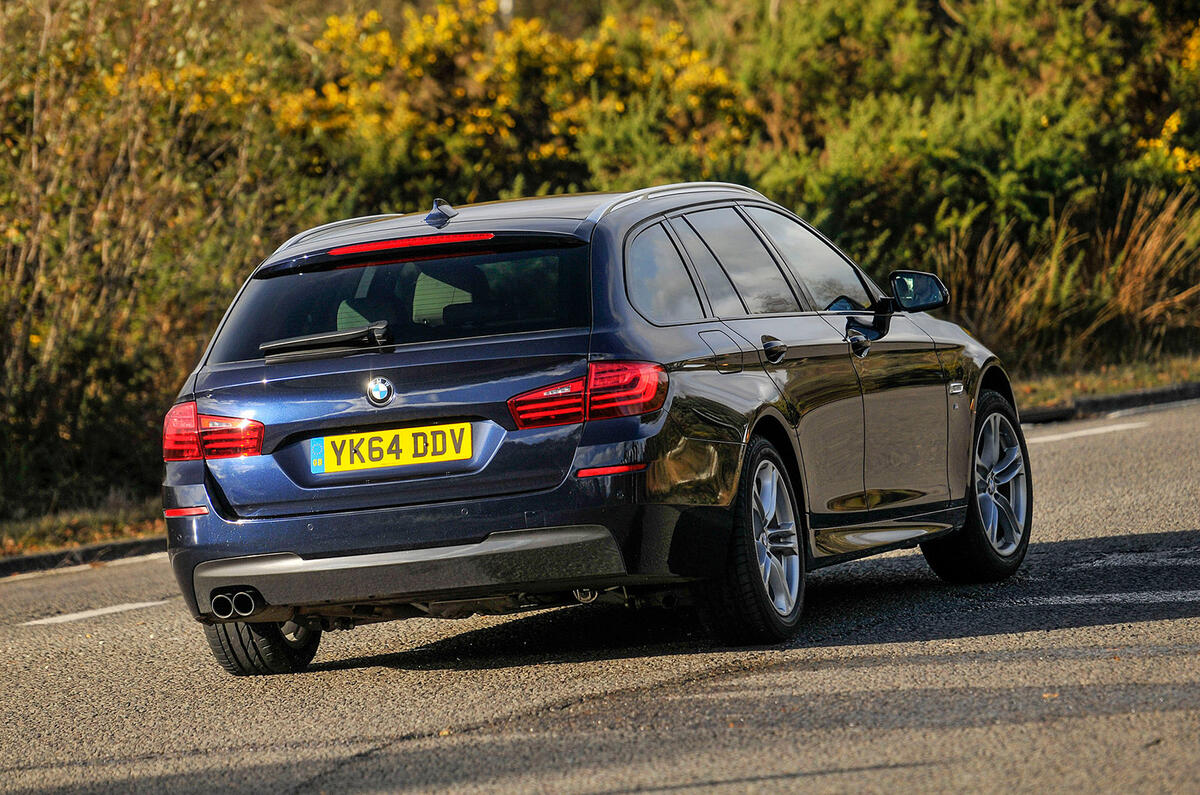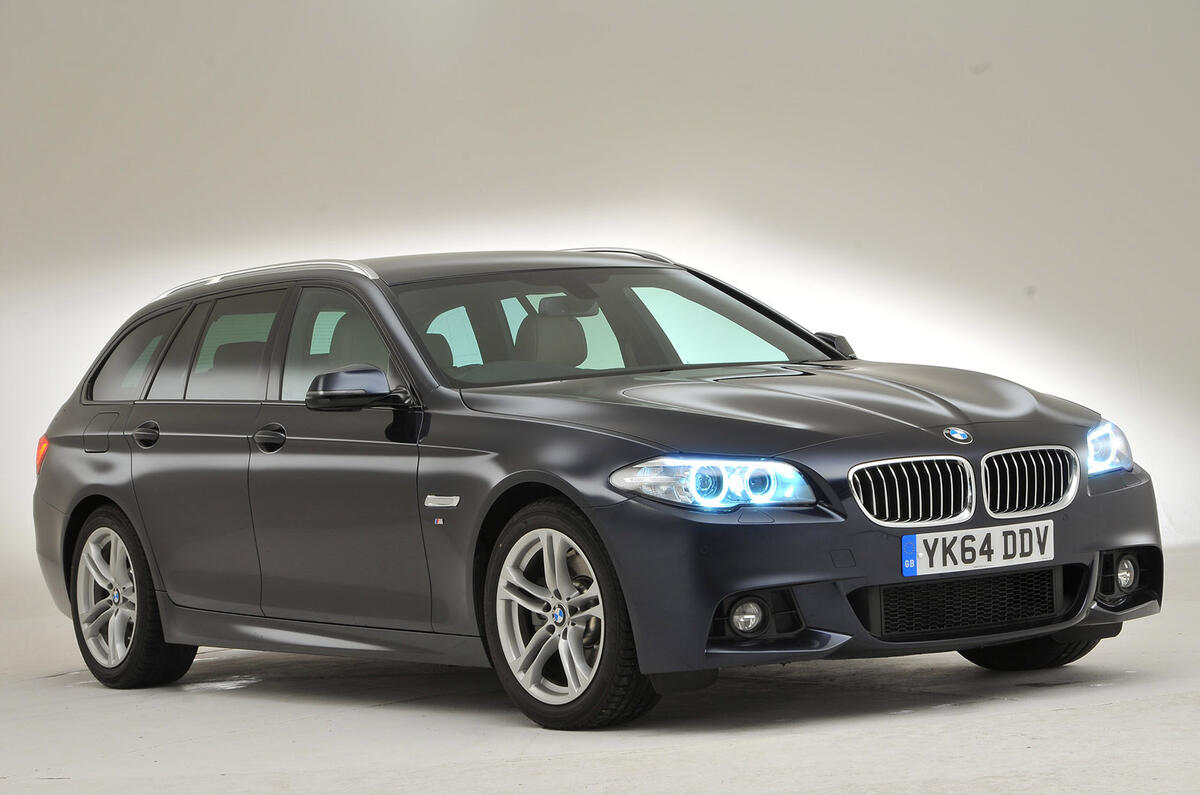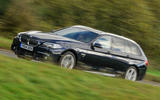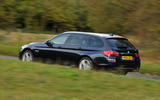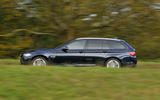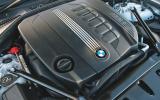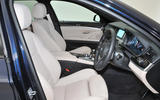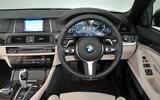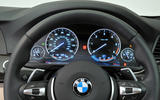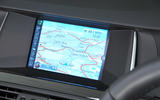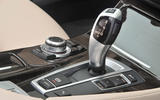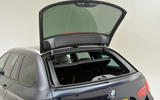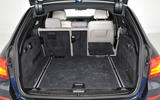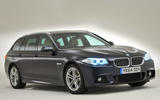Superficially, the BMW 5 Series Touring is the choice for people who want the premium appeal of the standard BMW 5 Series combined with the benefits of a load-lugging estate.
Dig beneath the surface, though, and the keen enthusiast will also find that it delivers probably the best balance between drivability and usability in the entire 5 Series range, even when taking into account the BMW 5 Series Gran Turismo.
In terms of load space, the BMW 5 Series Touring is comparable with the Audi A6 Avant, but lags behind the mammoth Mercedes E-Class Estate. In our experience, though, there are few occasions when you need all the capacity on offer in the big Mercedes. The BMW’s boot is also a practical shape, offers easy access and the split rear seats are easy to lift and drop when you need to access the full load capacity.
As in all versions of the 5 Series, the interior is understated in a compelling way. The iDrive controller is no longer a thing to fear, and it takes hours rather than weeks to familiarise yourself with all the controls. Rear seat passengers are also well catered for, both in terms of legroom and shoulder space, although a centre passenger in the rear would find the intruding transmission tunnel an issue.
It is not possible to option four-wheel steer or active anti-roll bars on lower powered models, but variable-control damping is available. Keen drivers will welcome all of these options where available, as they add a definite degree of extra body control. However, those who opt against them – or who buy a four-cylinder car with only variable-control damping – will find they are not crucial so long as they prioritise load capacity over driver enjoyment.


